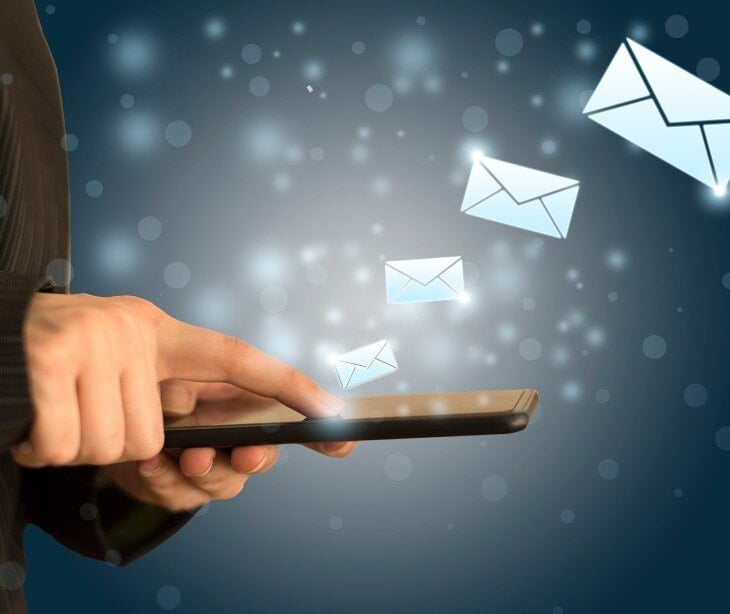
Peer support is a form of emotional and practical assistance provided by individuals who have experienced similar mental health challenges to those they are helping, leveraging their own experiences to offer support and guidance.
Understanding peer support
Peer support is an aspect of comprehensive mental health care, where individuals who have personally experienced mental health challenges provide support to others facing similar difficulties. A journal article published in the Psychiatric Rehabilitation Journal, “We outgrow the role of “mental patient.” This discovery came from the arena of peer support and advocacy…”These peer supporters bring a unique perspective to the mental health field because they combine their personal recovery experiences with formal training.
Peer supporters work across a variety of environments within the mental health system, including clinical settings like hospitals and outpatient clinics, community mental health centers, and online platforms that facilitate virtual meetings. Their role is multifaceted, encompassing emotional support, the sharing of coping strategies, and sometimes advocacy on behalf of their peers.
The role of communication in peer support
Communication connects individuals through shared experiences and empathetic understanding. In peer support, open and honest communication creating a safe environment where individuals feel comfortable sharing their struggles and successes. This exchange helps individuals realize they are not alone in their experiences.
Email, in particular, stands out as an excellent medium for facilitating this type of communication. It allows for thoughtful, well articulated messages without the immediate pressure that sometimes comes with face to face or phone conversations. Email also provides a written record of advice and encouragement that can be revisited as needed, offering ongoing support and a tangible reminder of the progress made.
Best practices
- From the outset, set clear expectations about the nature of the support, confidentiality, and the boundaries of the peer support relationship. When using email, this includes clarity about response times and the types of support or issues that can be addressed electronically.
- Tailor your emails to address the specific needs and experiences of the individual you are supporting. Use language that resonates with them and reflects a deep understanding of their situation. Personalization makes your support feel more genuine and relevant.
- Always ensure that emails are secure and private. Use HIPAA compliant email services when discussing sensitive topics to protect the privacy of the conversations. Confirm that only the intended recipient has access to the email correspondence.
- Regular and predictable communication helps in building trust and reliability. Decide on a schedule for sending emails, whether daily, weekly, or as agreed upon, and stick to it. This consistency provides a stable rhythm which can be very reassuring.
- Where possible, include actionable advice and practical steps that the recipient can take. This helps move the support from theory into practical, everyday actions that can lead to improved mental health and well being.
- Show that you are listening and understanding by reflecting back what you have heard in previous communications. This can be done by summarizing key points from earlier conversations and asking clarifying questions.
- Prompt self reflection by asking open ended questions in your emails. These questions should encourage the recipient to think deeply about their experiences and feelings, fostering greater self awareness and insight.
- Besides offering personal advice and support, include links to articles, online forums, tools, and other resources that can provide additional help and information. This not only enriches the support offered but also empowers the individual to seek out further help independently.
- Regularly check in on the progress of the person you are supporting. Ask about specific situations or challenges previously discussed. This shows genuine care and interest in their journey, and it can motivate them to continue working towards their goals.
- Use emails to celebrate successes, no matter how small. Positive reinforcement can boost morale and encourage positive behavior changes.
See also: Top 12 HIPAA compliant email services
FAQs
What is the difference between peer support and group support?
Peer support involves one on one assistance from individuals with similar experiences, while group support involves multiple people sharing and receiving support in a group setting.
What makes an email HIPAA compliant?
An email is HIPAA compliant when it ensures the security and confidentiality of PHI.
What is personalization?
Personalization refers to tailoring content or interactions to meet the specific needs, preferences, or interests of an individual.
Subscribe to Paubox Weekly
Every Friday we'll bring you the most important news from Paubox. Our aim is to make you smarter, faster.




